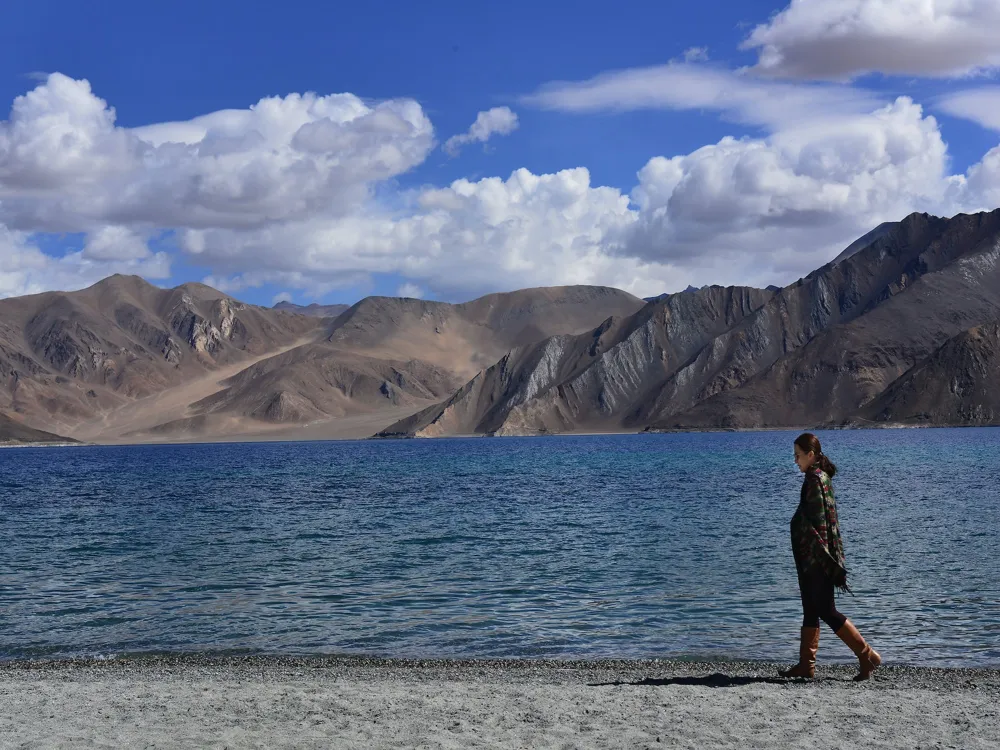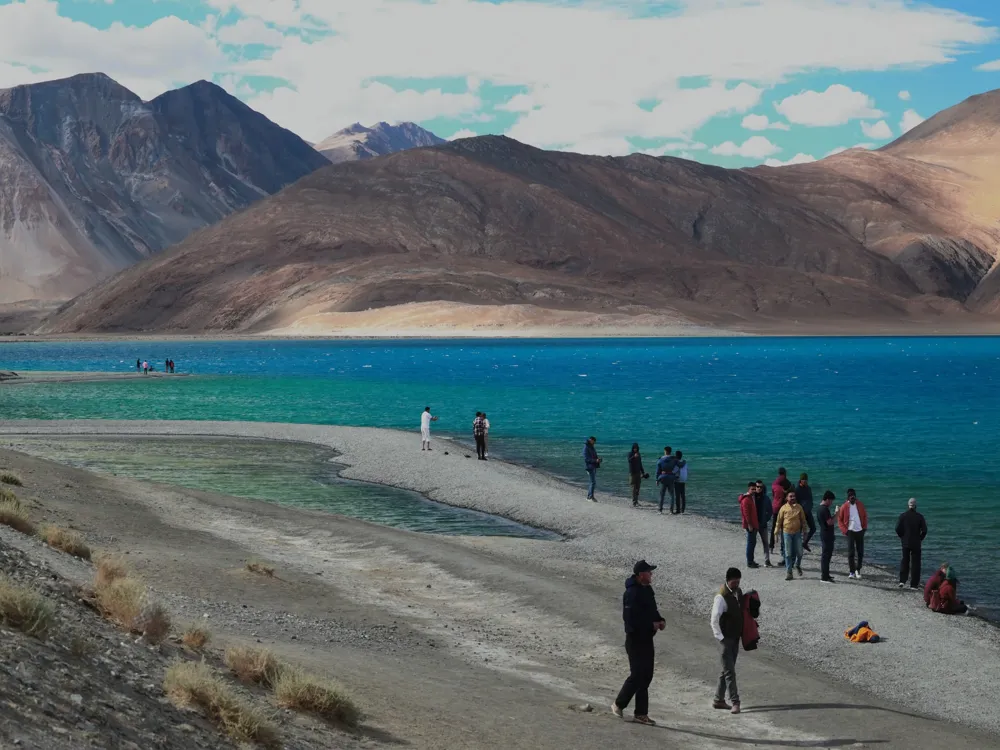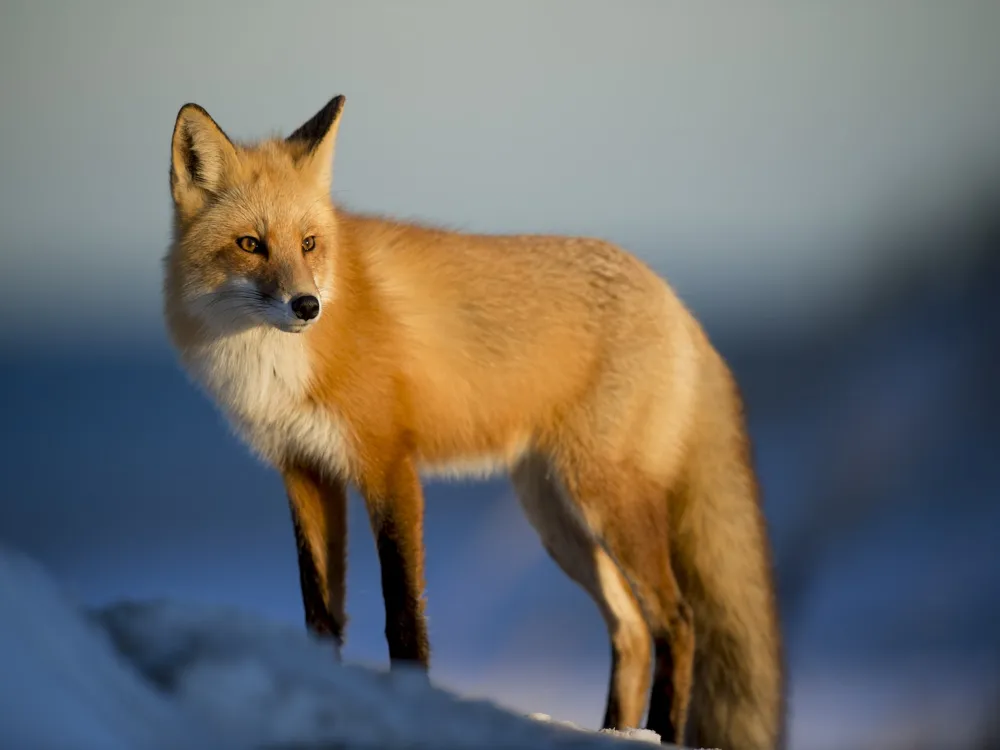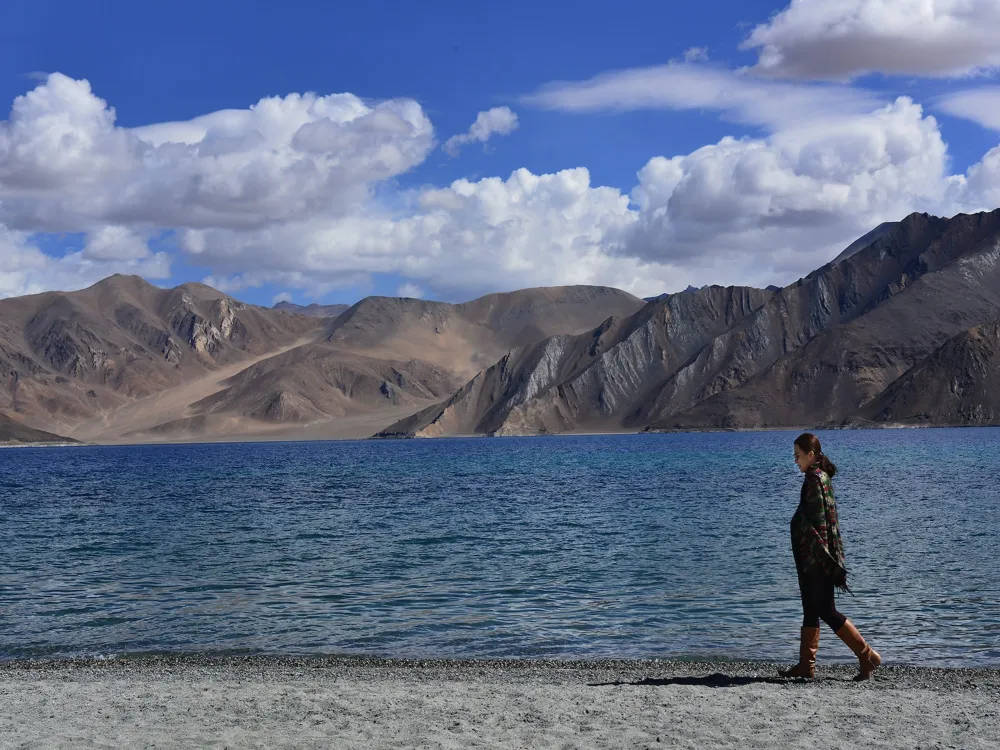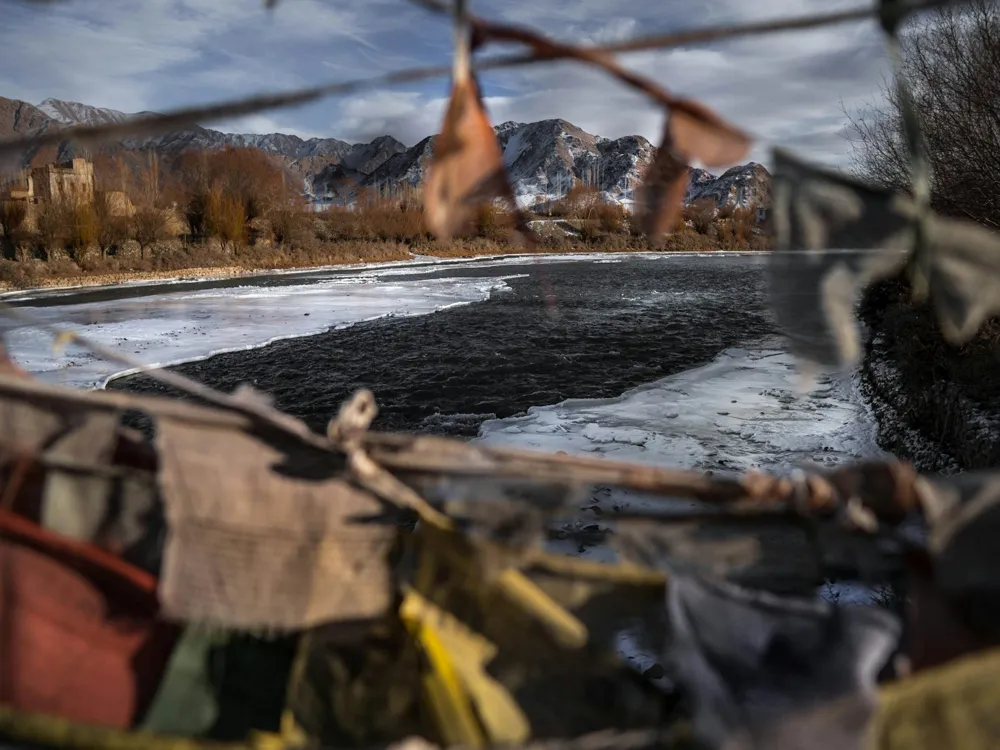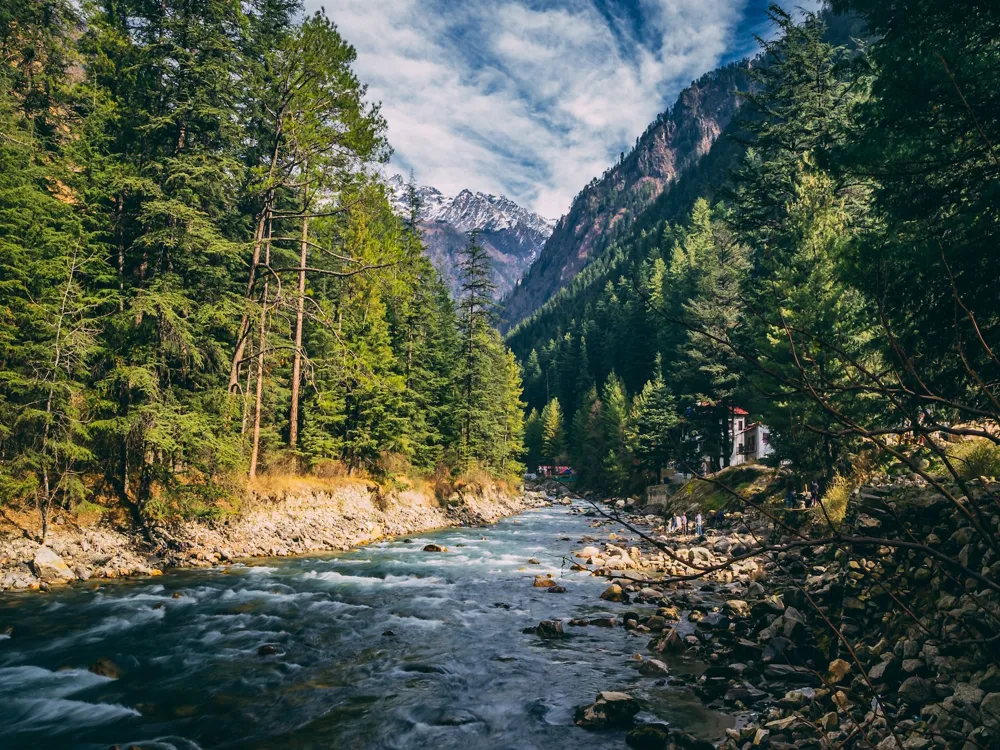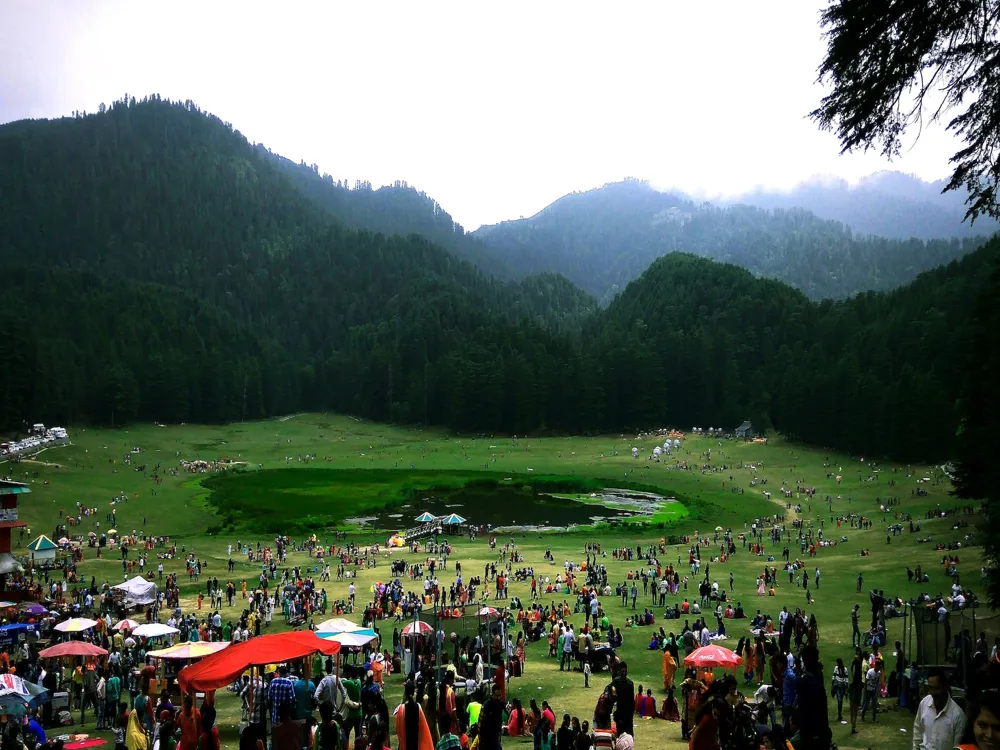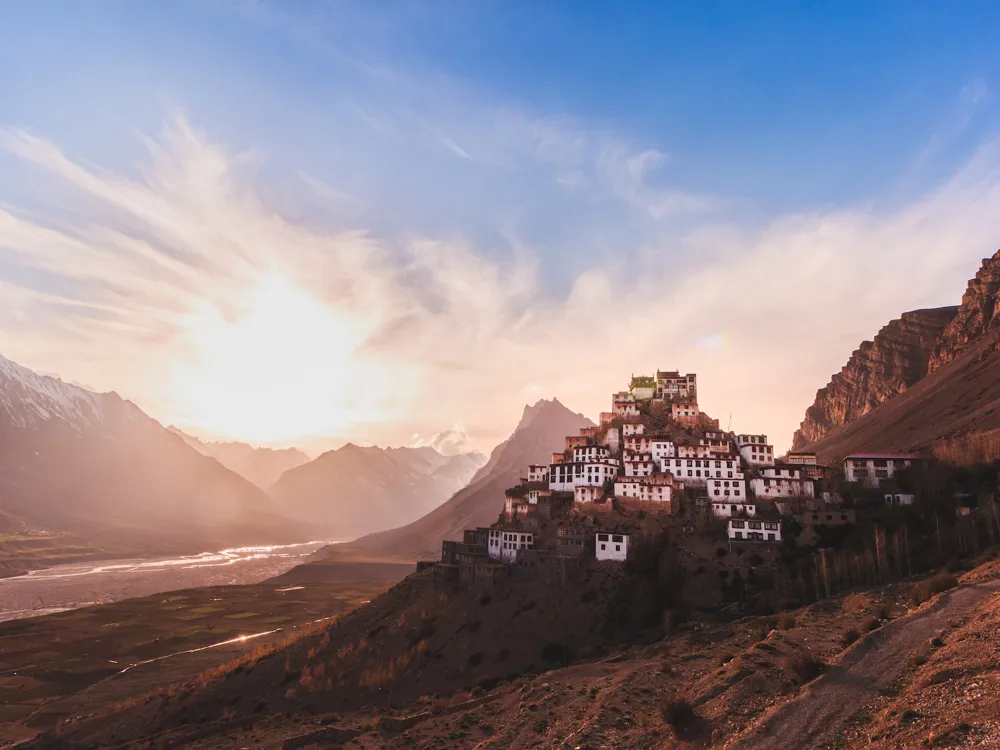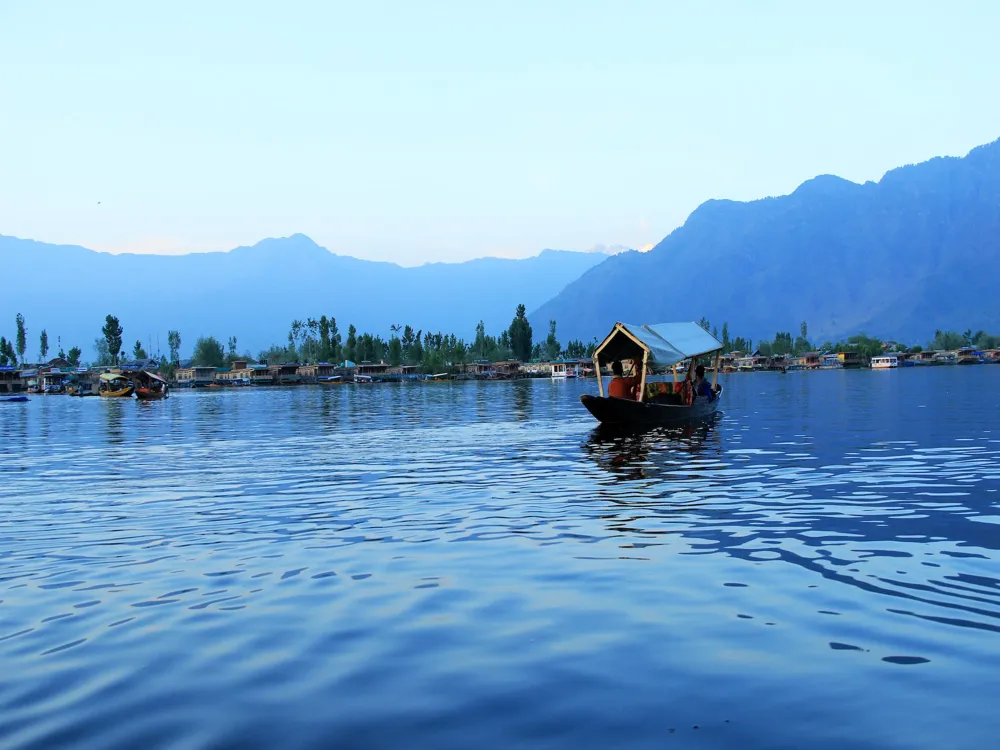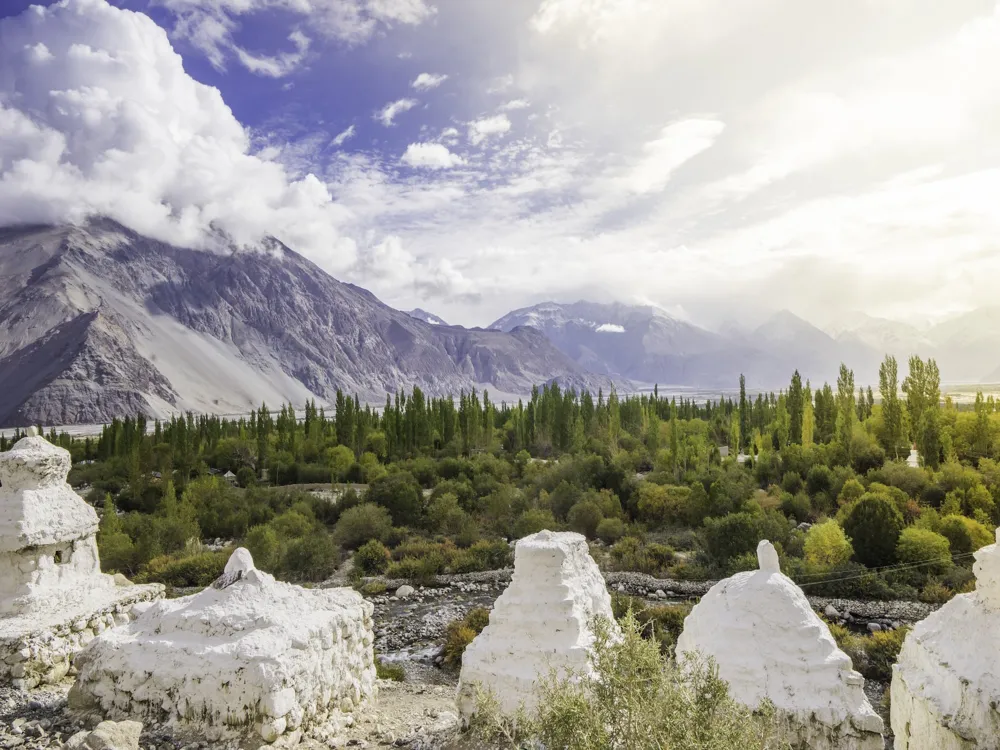Nestled in the high-altitude terrains of the Hemis region in Ladakh, the Changthang Wildlife Sanctuary stands as a testament to the majestic beauty and ecological significance of the Himalayas. Covering an expansive area, this sanctuary is part of the Changthang Plateau and is known for its unique landscape that includes vast highlands and extensive lakes. The region is characterized by its rugged terrain, which ranges from high altitude plateaus to rolling hills and deep valleys.
The wildlife sanctuary is renowned for its diverse range of flora and fauna. It is home to several rare and endangered species, including the iconic Snow Leopard, Tibetan Wild Ass (Kiang), Tibetan Antelope (Chiru), and the Himalayan Marmot. These species have adapted remarkably to the harsh climate and the high altitude of the region. The sanctuary's vegetation is predominantly alpine and sub-alpine, with sparse shrubbery and pastures that serve as grazing grounds for wildlife.
Changthang's ecosystem is intricately linked with the traditional lifestyle of the nomadic communities that inhabit the region. These communities, known as Changpas, practice a sustainable way of living that is in harmony with the environment. They rear Pashmina goats, which are famous for their fine wool, and lead a semi-nomadic life, moving from one place to another in search of pastures.
The sanctuary also plays a crucial role in water conservation as it houses several high-altitude wetlands and lakes. These water bodies are not only vital for the local wildlife but also significantly contribute to the hydrological significance of the region. The most notable among these is the Pangong Tso, a trans-boundary lake shared by India and China, known for its changing colors and picturesque beauty.
Visiting Changthang Wildlife Sanctuary offers a unique opportunity to witness the convergence of extraordinary wildlife, awe-inspiring landscapes, and rich cultural heritage. This sanctuary is not just a wildlife haven but a place where nature and culture coexist in a delicate balance, offering insights into the resilience of life in one of the world's most challenging environments.
The architecture of Changthang Wildlife Sanctuary is not about man-made structures but is defined by the natural topography and the ecological constructs of the high-altitude Himalayan region. The landscape of the sanctuary is a spectacular canvas that showcases nature's architectural prowess.
The topography of the region is marked by rugged mountain ranges, interspersed with vast plateaus and deep valleys. These natural formations have been shaped over millennia by geological activities and climatic conditions. The stark beauty of these landscapes is characterized by the contrast between the barren mountains and the lush valleys.
At the heart of Changthang's natural architecture are its lakes and wetlands. These water bodies, with their crystal-clear waters, are often fringed by marshes and surrounded by stark mountain backdrops. The most famous of these is the Pangong Tso, renowned for its stunning beauty and changing hues. The lake's shores are a blend of sandy beaches and rocky outcrops, creating a mesmerizing landscape that changes with the light of day.
The vegetation in Changthang is adapted to the harsh climatic conditions and high altitude. The plant life is predominantly alpine and includes a variety of grasses, herbs, and shrubs. These plants not only add to the ecological diversity of the region but also contribute to its aesthetic appeal, especially during the short summer season when they bloom with vibrant colors.
The wildlife sanctuary's architecture is also reflected in the traditional lifestyle of the Changpas. Their low-lying, tent-like dwellings, known as reed, are made from yak wool and are designed to withstand the harsh climate. These structures are a perfect example of sustainable and eco-friendly architecture that is in harmony with the surrounding environment.
The Changthang Wildlife Sanctuary is a remarkable example of natural architecture, where every element of the landscape contributes to a larger ecological and aesthetic narrative. It is a place where the raw beauty of nature is on full display, offering a stark contrast to the man-made architectural marvels found elsewhere.
Due to the high altitude, it's essential to acclimatize to prevent altitude sickness. Spend a couple of days in Leh or a lower altitude before venturing into the sanctuary. Plan your travel meticulously
Overview of Changthang Wildlife Sanctuary, Hemis, Ladakh
Architecture of Changthang Wildlife Sanctuary
Tips When Visiting Changthang Wildlife Sanctuary
Acclimatization
Travel Arrangements
Changthang Wildlife Sanctuary
Hemis
Ladakh
Union Territory
₹ 15,999 onwards
View ladakh Packages
Also Refered As:
Changthang Cold Desert Wildlife Sanctuary
Ladakh Travel Packages
View All Packages For Ladakh
Top Hotel Collections for Ladakh

Private Pool

Luxury Hotels

5-Star Hotels

Pet Friendly
Top Hotels Near Ladakh
Other Top Ranking Places In Ladakh
View All Places To Visit In ladakh
View ladakh Packages
Also Refered As:
Changthang Cold Desert Wildlife Sanctuary
Ladakh Travel Packages
View All Packages For Ladakh
Top Hotel Collections for Ladakh

Private Pool

Luxury Hotels

5-Star Hotels

Pet Friendly







